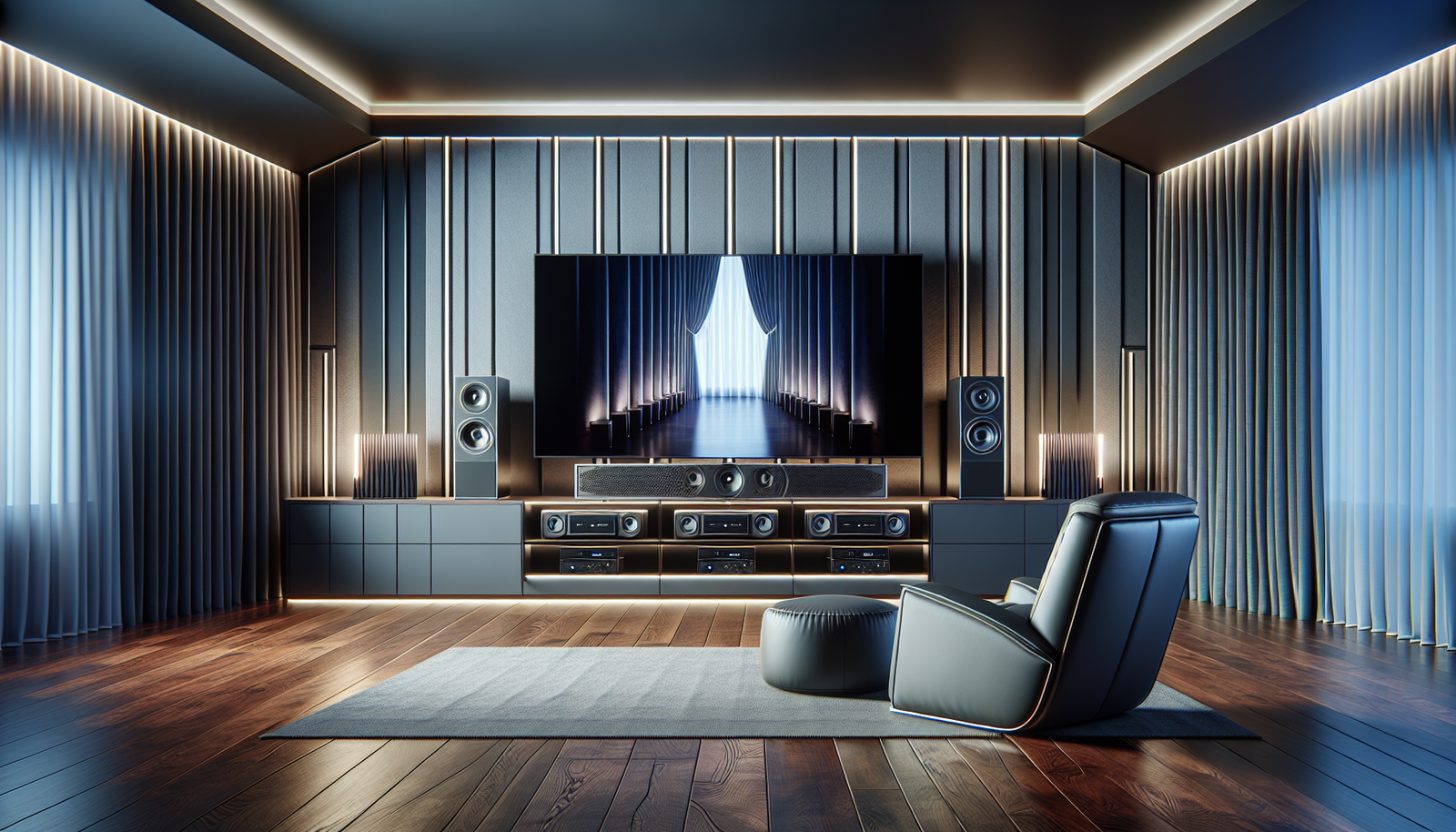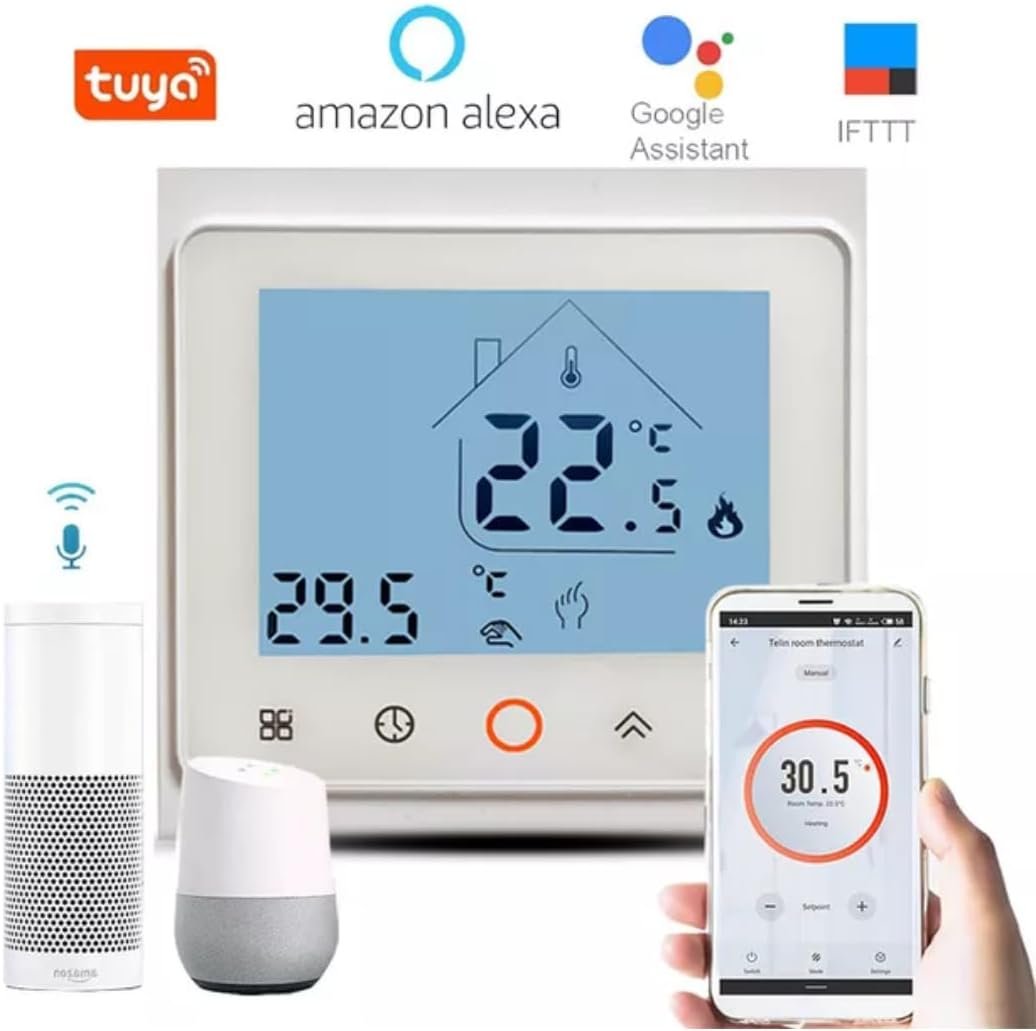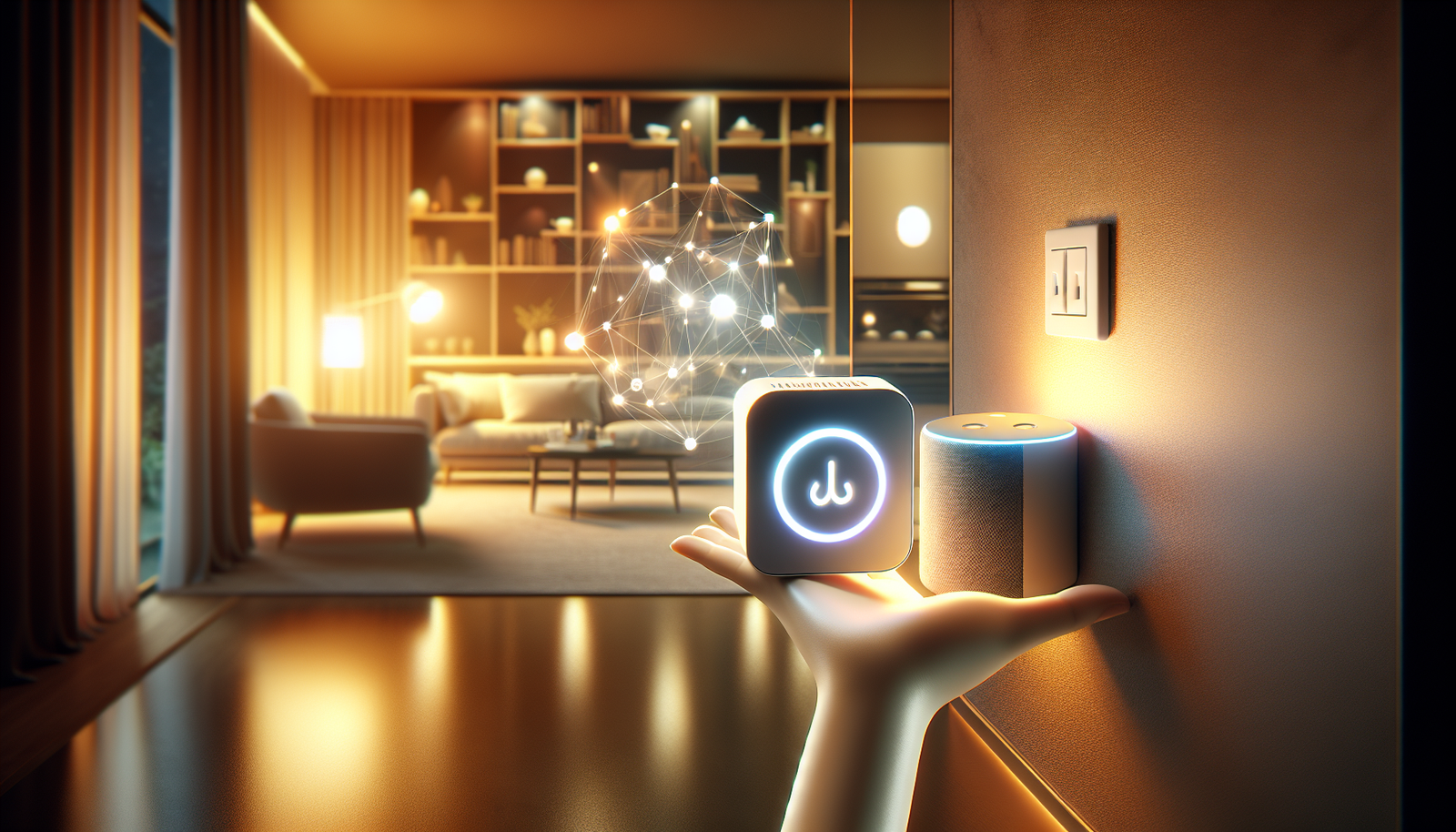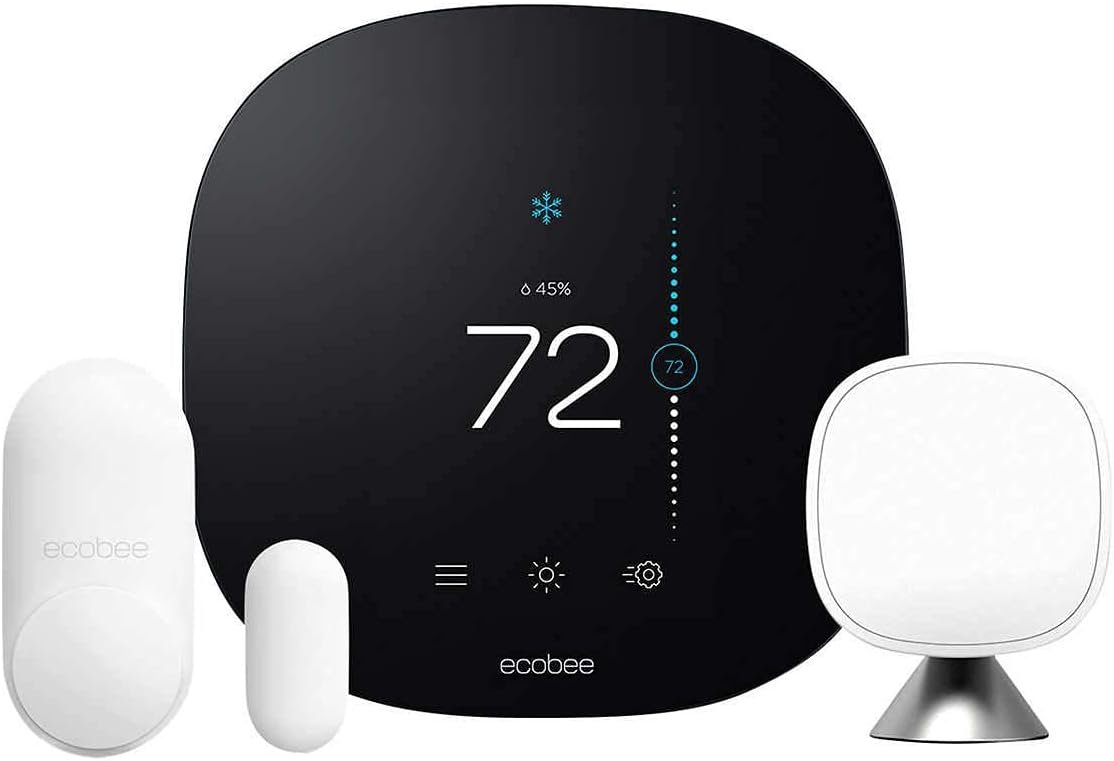Have you ever dreamed of crafting the perfect cinematic experience right in your living room? Creating a smart home theater setup can not only elevate your movie nights but also offer an advanced entertainment solution that integrates seamlessly with the rest of your smart home devices.
Understanding Smart Home Technology and Devices
Smart home technology refers to devices that connect to a network, allowing you to monitor and control them remotely. From lights to thermostats, cameras to speakers, smart devices make your living environment more efficient, convenient, and enjoyable. These products incorporate sensing, automation, and wireless communication technologies to interact with you and adapt to your needs.
Key Components of a Smart Home Theater
A smart home theater typically includes a range of devices designed to deliver a superior audio-visual experience. You’ll likely consider components such as 4K TVs or projectors, surround sound systems, streaming devices, and smart lighting. Integrating these devices into a cohesive system requires careful planning and an understanding of each component’s role.
- Smart TV/Projector: The foundation of your home theater, offering high-definition visuals and smart features like app compatibility.
- Streaming Devices: Gadgets like Roku, Apple TV, or Amazon Fire Stick, providing access to various streaming services.
- Audio Systems: Surround sound systems or smart sound bars enhance the audio experience.
- Smart Lighting: Adjustable lighting systems to create the perfect ambiance.
Cost and Value Considerations
Setting up a smart home theater involves various cost considerations. While the initial investment might seem substantial, smart technology can provide long-term savings and enhance property value, particularly when energy efficiency features are considered.
Installation Costs vs. Long-term Savings
Typically, the upfront costs involve purchasing devices and, possibly, professional installation. However, consider how energy-efficient devices can lead to lower utility bills.
Table: Estimated Costs for Smart Home Theater Components
| Component | Estimated Cost Range |
|---|---|
| Smart TV/Projector | $300 – $3,000+ |
| Streaming Device | $30 – $200 |
| Surround Sound System | $200 – $2,000 |
| Smart Lighting | $50 – $300 |
Return on Investment
Besides savings on energy, smart home technology can increase your home’s market value. A home theater is a desirable feature that can appeal to future buyers, making it a smart move for investors.
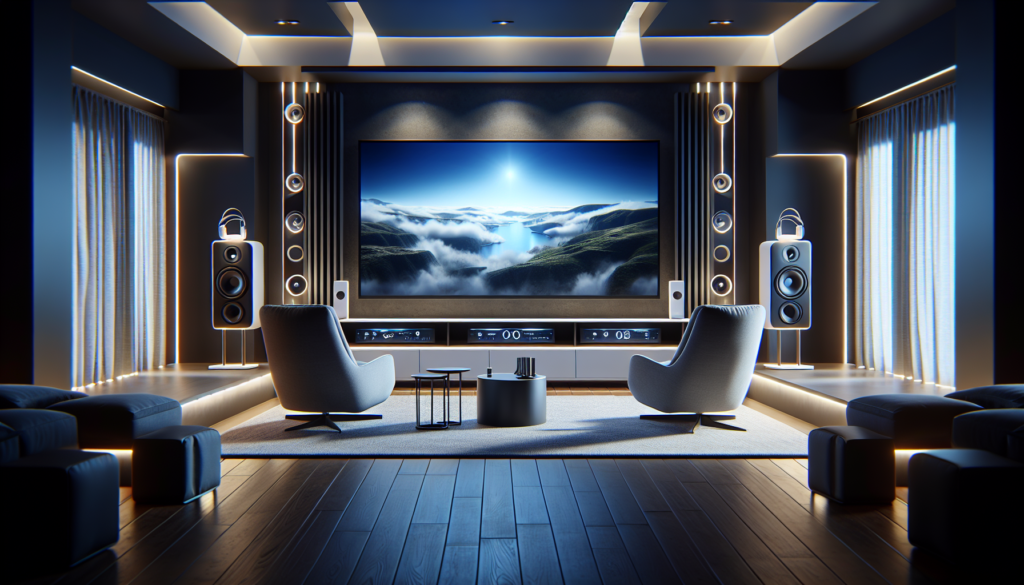
Comparisons and Examples
To make informed decisions, comparing various smart home theater solutions is vital. Each brand and device comes with unique features, price points, and compatibility options.
Real-life Use Cases
Consider John, a tech enthusiast who upgraded his apartment with a compact smart projector and a high-quality soundbar. By carefully choosing space-saving and cost-effective solutions, he created a sophisticated entertainment hub without sacrificing space.
For larger household setups, choosing a comprehensive system that includes multiple smart home gadgets might suit your needs better. For example, families could opt for full-fledged surround sound setups, while individuals might lean towards integrated smart speakers and compact devices.
Practical Setup Guides
Setting up a smart home theater can seem daunting, but step-by-step guidance can simplify the process. Here are some practical tips to help connect your devices effortlessly.
Planning the Layout
Start with a floor plan. Decide where viewers will sit relative to the screen and audio sources for optimal experience. Identify power outlets, room acoustics, and lighting to minimize glare and reflections on the screen.
Integrating Devices
1. Connect your Smart TV or Projector: Ensure a strong Wi-Fi connection and link streaming services to your device. Adjust settings for crisp image quality.
2. Setup the Audio System: Position speakers strategically for surround sound—consider adding a subwoofer for richer bass.
3. Configure Streaming Devices: Follow setup wizards to connect your chosen streaming device to the network.
4. Install Smart Lighting: Use apps to control lighting mood and integrate with virtual assistants for voice control.
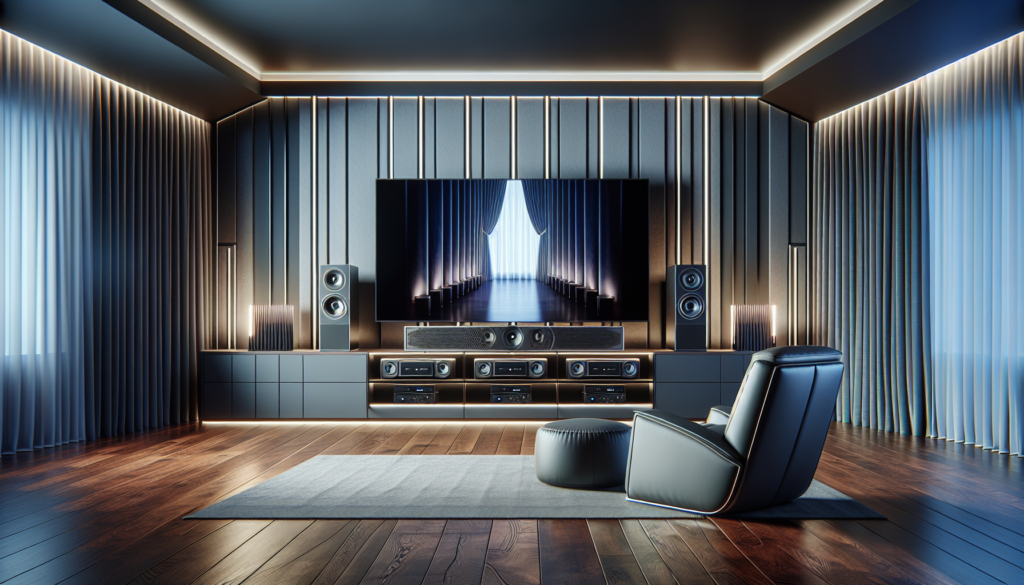
Security and Privacy Factors
Your smart home theater will be connected to the internet, raising potential security concerns. It’s crucial to address these risks and employ best practices to protect your devices and data.
Potential Risks and Safety Features
Smart devices can be vulnerable to hacking if not secured properly. Ensure your home network uses WPA3 encryption, regularly update firmware, and change default passwords to unique ones.
Best Practices
- Regularly update software to patch vulnerabilities.
- Employ strong, unique passwords.
- Use two-factor authentication where possible.
- Opt for reputable brands with strong security protocols.
Energy Efficiency and Sustainability
Smart home theaters can contribute significantly to energy efficiency, aligning with sustainable living objectives.
Reducing Energy Consumption
Energy-efficient components, like LED lights and ENERGY STAR-rated equipment, use less power, which saves money and reduces your carbon footprint. Smart plugs and power strips automatically cut power when devices aren’t in use.
Compatibility and Connectivity
Ensuring your smart home theater devices are compatible and can communicate efficiently is essential for a seamless experience.
Platform, Hub, and Voice Assistant Integration
Today’s devices often support multiple platforms like Google Home, Amazon Alexa, and Apple HomeKit. Choose devices compatible with your preferred home ecosystem. Hubs, such as Samsung SmartThings, can manage connections between different devices, ensuring they work together harmoniously.
Future-Proofing and Innovation
As technology rapidly evolves, future-proofing your smart home theater is a wise decision.
Emerging Trends
With advances in AI and machine learning, smart devices will become more intuitive and personalized. Keeping an eye on developments in OLED technology, 8K TVs, and AI-driven sound systems will help you stay ahead.
Planning for Upgrades
Opt for smart devices that support software updates and have modular components allowing for easy upgrades. This ensures you can adapt your setup as technology advances without replacing everything.
Conclusion
Creating a smart home theater is an enriching endeavor that enhances not only your entertainment experiences but also the overall function and enjoyment of your home. By understanding the essential components and following these practical steps, you can set up a system that fits your lifestyle, budget, and existing technology. As our homes continue to embrace new, smarter ways of living, your home theater will not only remain a centerpiece of entertainment but also a testament to cutting-edge innovation. Aligning these choices with your needs ensures that your smart home theater is both a valuable and sustainable addition to your living space.
